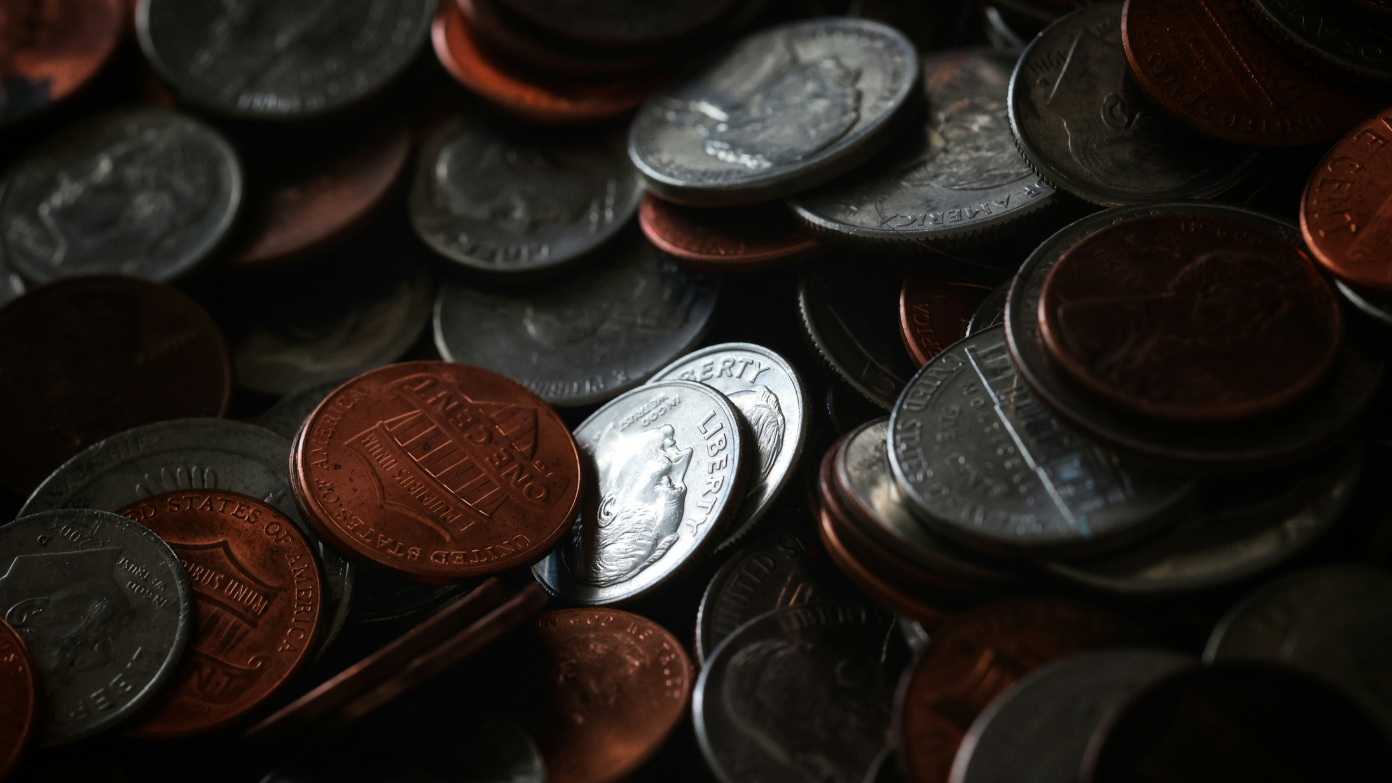Although most people believe that vintage coins belong to centuries ago, two 1990s Lincoln pennies-the 1992 “Close AM” and 1994 Doubled Die Reverse-have commanded more than $20,000 at auction, showing that pocket change from today can be worth a pretty penny. These coins are significant mishaps in U.S. Mint production, combining historical importance with numismatic rarity to become legends among collectors.
The 1992 Close AM transitional error
In 1992, the United States Mint inadvertently used reverse dies set aside for 1993 cents to strike a limited number of pennies into circulation at Philadelphia (no mint mark) and Denver (“D”) mints. This produced the “Close AM” variety where the letters “A” and “M” of “AMERICA” almost touch-a motif held over for coins next year. Only five 1992-P and roughly a dozen 1992-D have been found, the first found in 2006 by a Michigan collector.
Identification and market value
In order to verify these coins, collectors need to look at:
- AM spacing: The “A” and “M” are almost touching, the opposite of the standard wide space.
- FG initials position: Frank Gasparro’s designer initials are positioned further from the bottom of the Lincoln Memorial than usual strikes.
Auction history records their value:
- A 1992-P graded PCGS MS-67 Red sold for $24,056 in 2012.
- A 1992-D in PCGS MS-64 Red-Brown sold for $20,700 at a 2012 Heritage auction.
- Examples that circulated are still worth four figures, at $2,640 for an AU-55 1992-P.
The 1994 doubled die reverse variety
The 1994 Doubled Die Reverse (DDR), FS-801, has extreme doubling on the pillars of the Lincoln Memorial caused by misaligned striking of the die. The impact is clear added lines between the columns, identifiable under magnification. Interestingly enough, the mistake was made under normal minting rather than an interim design revision.
Grading and valuation
Value increases in an exponential manner with preservation quality:
- A PCGS MS-66 Red 1994-D DDR sold in 2010 for $2,875.
- By 2023, MS-66 samples plateaued to around $1,000 due to higher numbers of certifications.
- The high point is a PCGS MS-69 Red 1994 No Mint Mark sample and is worth $13,000.
Why these errors matter
Both mistakes indicate die management flaws. Close AM in 1992 was due to advance installation of next-year dies, and DDR in 1994 was due to misaligned hubs-a reminder that computerized equipment produces rarities as well. The 1992 varieties are described as providing “a tangible link to the Mint’s design evolution” by numismatist Jaime Hernandez.
Accessibility for collectors
Unlike ancient coins with specialized knowledge, the mistakes can be detected using basic equipment:
- A 10x loupe to view AM spacing or pillar details.
- Comparisons online of variety reverses and regular reverses.
This availability generates grassroots discovery, such as a 1992-D discovered in a Michigan gas station’s “leave a penny” tray.
The 1992 and 1994 pennies disprove myths that only old coins are worth anything. With potential return of more than $20,000, they are evidence of how thrifty with normal change can lead to life-altering finds. As Heritage Auctions says, “The strike is sharp, and there are no carbon spots”-a testimony that condition is key to unleashing the utmost value. To collectors and recreational treasure hunters, these newer errors demonstrate that treasure can be hiding in plain sight.
Read more: New $4,200 stimulus check: Republican lawmakers look to boost families with new Child Tax Credit
Read more: IRS Form 1045: How to apply for a Net Operating Loss (NOL) deduction?

